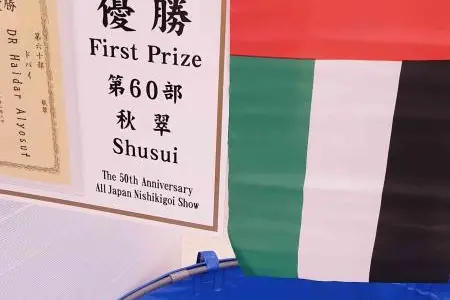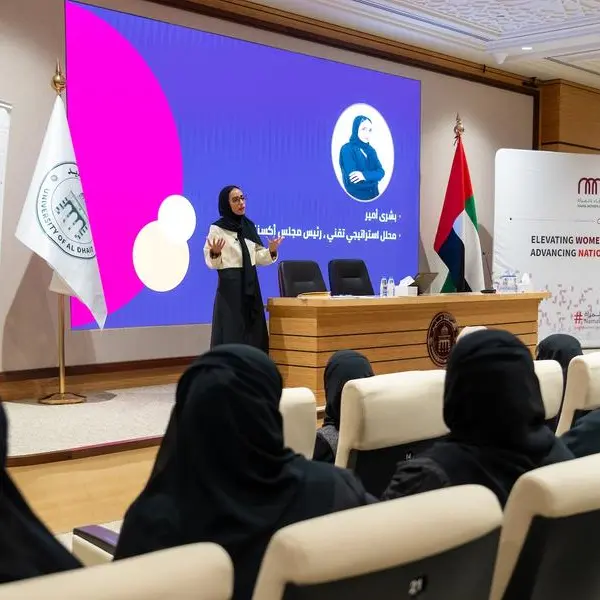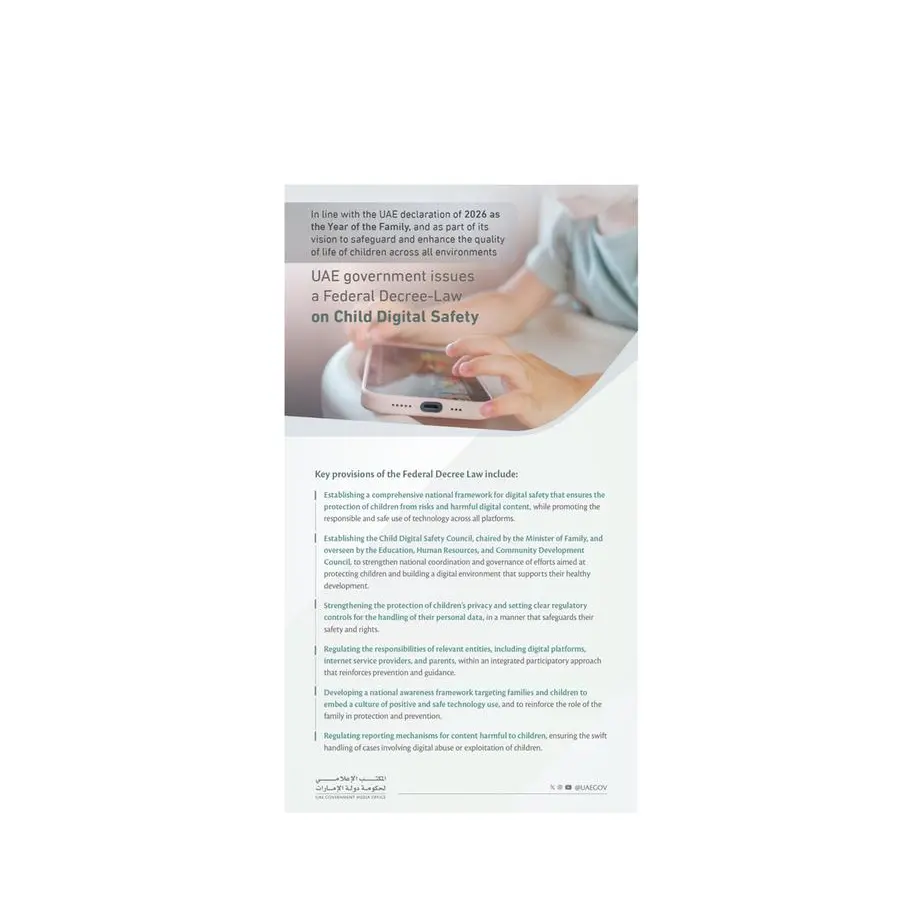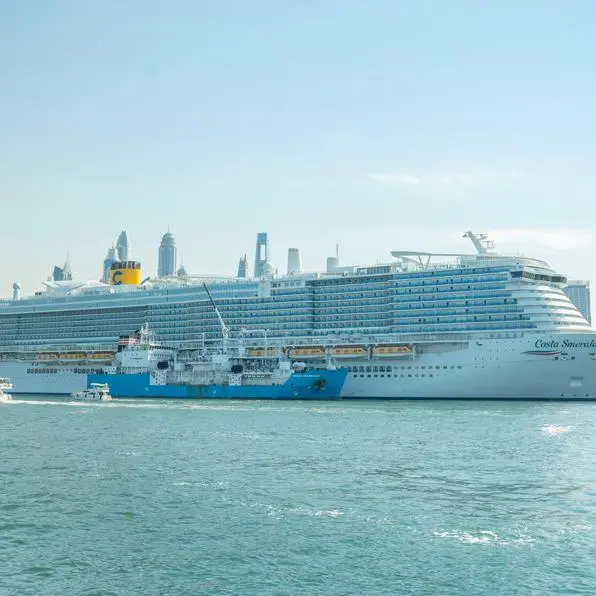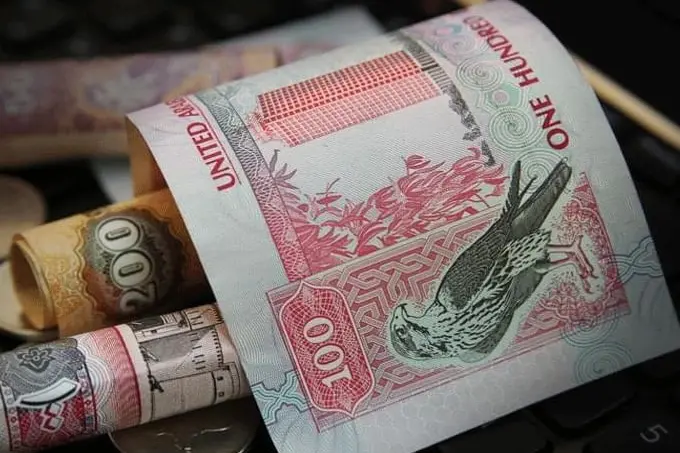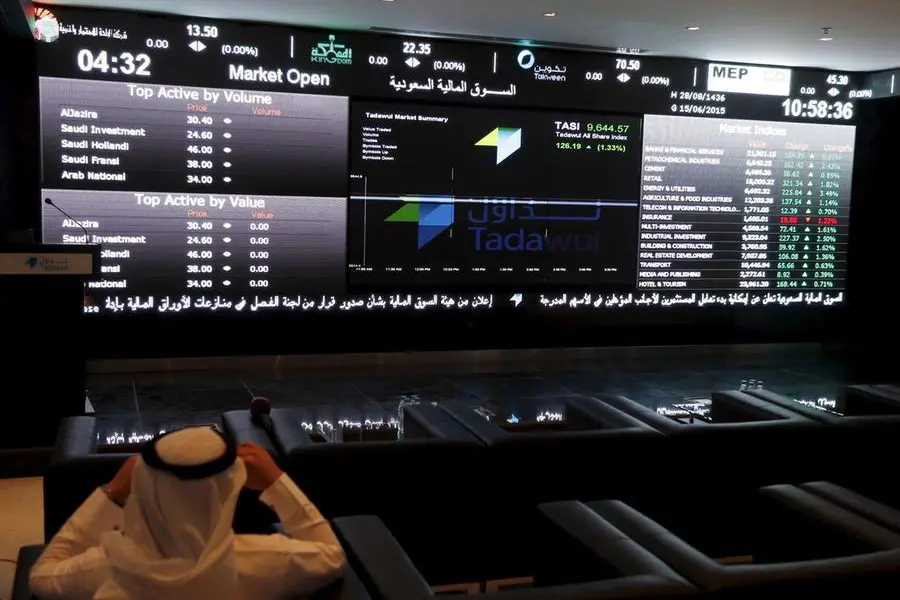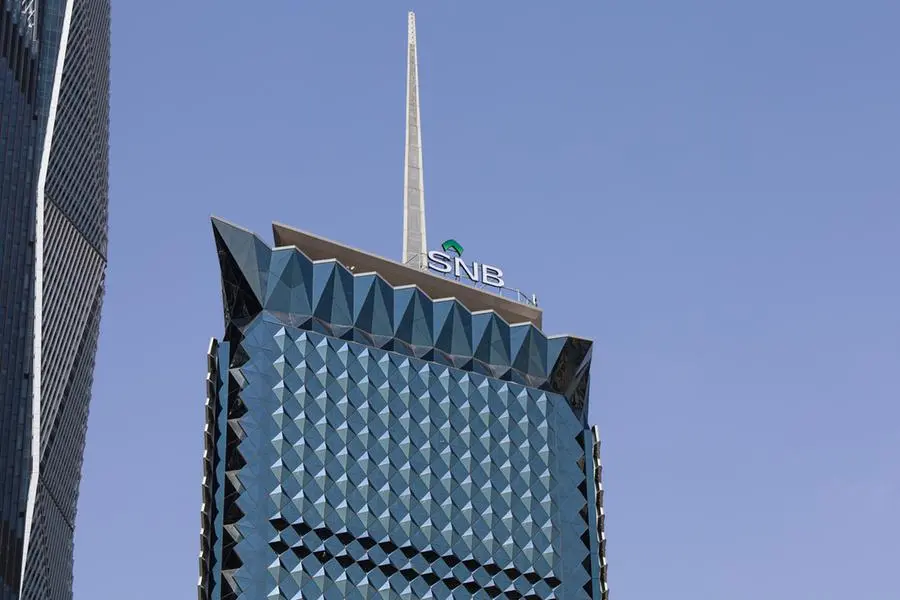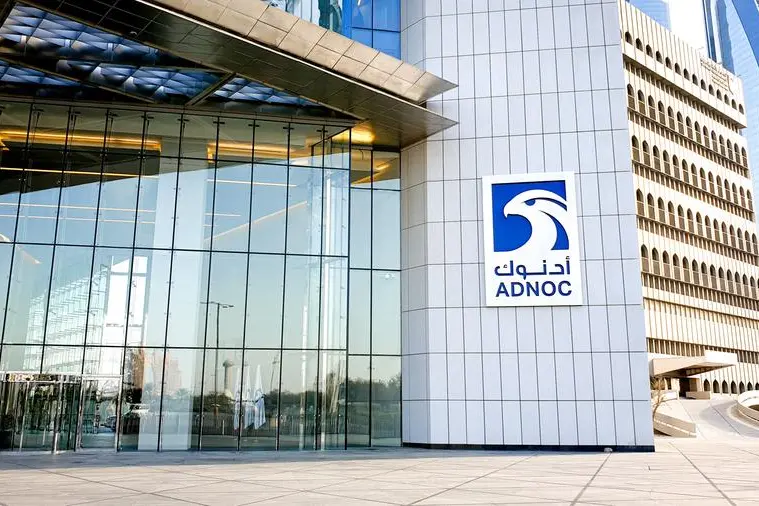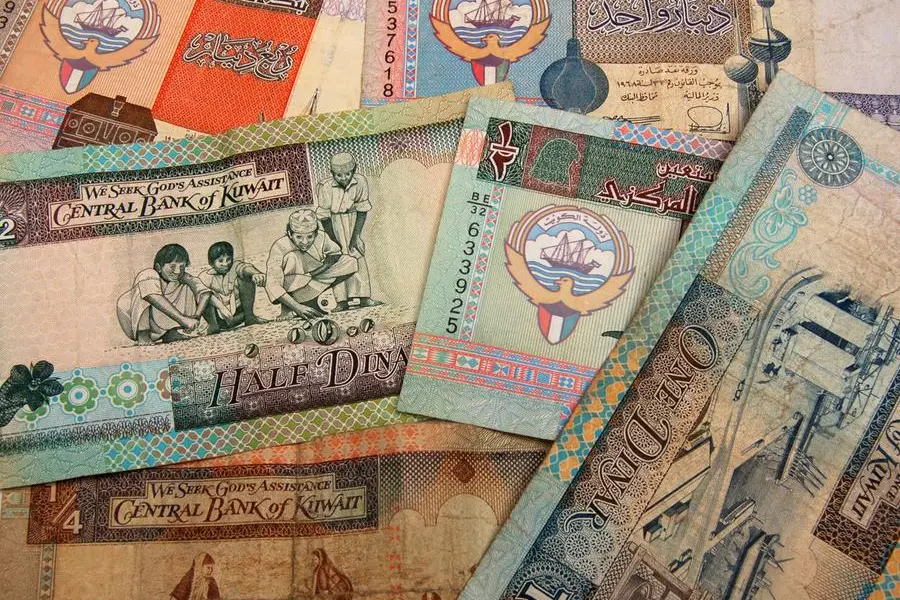PHOTO
An Emirati team led the UAE to become the first Middle Eastern country to win a major award during the 50th anniversary of the All Japan Koi show 2019 (AJKS). Aside from bagging the prestigious Botan award, the team was also able to win five first place awards (gold trophies) at the event.
The 50th edition of the All Japan Koi Show 2019, Nishikigoi of the World, took place in Tokyo last (date). The recent wins of the UAE have made it the first country from the Middle East to get a major prize and gold in the tournament, which is internationally recognised as the world cup of the Koi beauty.
Koi, which is termed as the swimming jewel, is the national fish of Japan and is called “Nishikigoi” in Japanese. It is a symbol of peace and serenity and is known as the ultimate Feng Shui of Japanese culture--auspicious for health, wealth, and prosperity. Emperors of Japan kept the highest quality of best-colored fish. From there on the love of beautiful koi fish spread to the rest of the world.
Dr Haidar Al Yousuf, a high-level health official is an Emirati Koi enthusiast and a local expert in koi keeping. He participated in the AJKS and won five gold trophies across five different categories. Meanwhile, a koi bred from the Hirasawa Marusie koi farm won the Botan prize in the 55 bu a shiro Bekko category, becoming the first person from the region to win a major award in the prestigious show.
Al Yousuf said: “The All Japan Koi Show is the ultimate challenge and award in Japanese koi keeping, which is the world cup of Koi beauty. Winning in the AJKS is a dream to many top koi keepers all over the world and we are thrilled that we received this award particularly as it makes the UAE the first country in the Middle-East to receive this distinction.”
Dr Al Yousuf, in partnership with Tony Pitham, formed the Koi Water Barn Dubai, the only specialized Japanese Koi and Koi Pond Company in the region, where Koi Water Barn UK, is a world leader in the koi industry internationally.
Pitham has judged at various koi world championships many times and is recognized as the first non-Japanese specialist to serve as supplier of the best in show or Grand Champion at the 2006 All Japan Koi Show with a famous Koi named “Yamato” by the breeder Kentaro Sakai of Sakai Fish Farm.
Al Yousuf, added: “It has now become possible for this part of the world to enjoy high-end Japanese koi and this team has put UAE on the international koi map.”
-Ends-
Koi history & Japanese culture
The koi fish has an extremely deep meaning in Japanese Culture: According to the ancient myth, there was once a giant school made up of thousands of koi fish swimming up the Yellow River. As they swam, they gained strength by pushing against the current. However, on the Yellow River, there is a waterfall. Once the fish reached the waterfall, most turned back and just went with the current because it became too hard. The ones who remained continued to try to reach the top of the waterfall. These Koi kept trying for one hundred years. At last, one koi successfully leaped to the top of the waterfall. To reward this dedicated Koi, the Gods turned it into a beautiful golden dragon. The falls have become known as the “Dragon’s Gate.” Legend has it that to this day, any Koi that has the strength and perseverance to complete to journey up Dragon’s Gate will become a heavenly dragon.
In the old Japanese capital of Kyoto, a particular rock is said to represent a carp swimming upstream and seems to echo this same myth.
Koi, evoking images of energy, power and courage, is a worthy symbol for overcoming life’s difficulties and achieving ultimate success. The Japanese saying, “koi no taki-nobori” (“koi climbing the rapids”) reflects this too, in the belief that the carp is a spirited fish, so strong that it can fight its way up waterfalls, and through its strength and determination overcome all obstacles.
A Koi’s colouring also has something to do with its symbolism. Certain colors represent certain aspects or outcomes in life. Here are a few mythical meanings. Kohaku – This koi has a white body with red spots and symbolizes success in your career.
Kumonryu – There are two main variations of this Koi. One variation is a Koi with a white body and black spots and the other is an all-black body. This Kumonryu koi symbolizes life changes and transformations.
Nezu Ogon – This solid, silver colored Koi symbolically represents success in business and wealth.
Kuchibeni – Often referred to as the “lipstick” fish, because the red coloring around its mouth makes it appear as though the fish is wearing lipstick. Kuchibeni koi represents love and long lasting relationships.
Yamabuki – The Yamabuki koi is gold in coloring and symbolizes riches and wealth.
In Feng Shui, the Koi is tied to the yin-yang symbol. In fact, the black and white teardrops of the yin-yang symbol are said to be representations of two Koi, one male and one female. The eye of each teardrop is symbolic of the constant watchful eye of the koi. This pairing of fish is often seen outside the context of the yin-yang symbol as well. For example, a pair of Koi is often used as a good luck symbol for a happy marriage.
The Koi is synonymous with harmony and happiness. The two yin and yang koi complete each other and create a perfect balance of the negative and positive energies of chi energy, which is the life force of all things on earth.
For more information, please contact:
Orient Planet PR & Marketing Communications
P.O. Box: 500266
Dubai, United Arab Emirates
Tel: 00971 4 456 2888
Fax: 00971 4 454 9528
Email: media@orientplanet.com
Website: www.orientplanet.com
Disclaimer: The contents of this press release was provided from an external third party provider. This website is not responsible for, and does not control, such external content. This content is provided on an “as is” and “as available” basis and has not been edited in any way. Neither this website nor our affiliates guarantee the accuracy of or endorse the views or opinions expressed in this press release.
The press release is provided for informational purposes only. The content does not provide tax, legal or investment advice or opinion regarding the suitability, value or profitability of any particular security, portfolio or investment strategy. Neither this website nor our affiliates shall be liable for any errors or inaccuracies in the content, or for any actions taken by you in reliance thereon. You expressly agree that your use of the information within this article is at your sole risk.
To the fullest extent permitted by applicable law, this website, its parent company, its subsidiaries, its affiliates and the respective shareholders, directors, officers, employees, agents, advertisers, content providers and licensors will not be liable (jointly or severally) to you for any direct, indirect, consequential, special, incidental, punitive or exemplary damages, including without limitation, lost profits, lost savings and lost revenues, whether in negligence, tort, contract or any other theory of liability, even if the parties have been advised of the possibility or could have foreseen any such damages.
